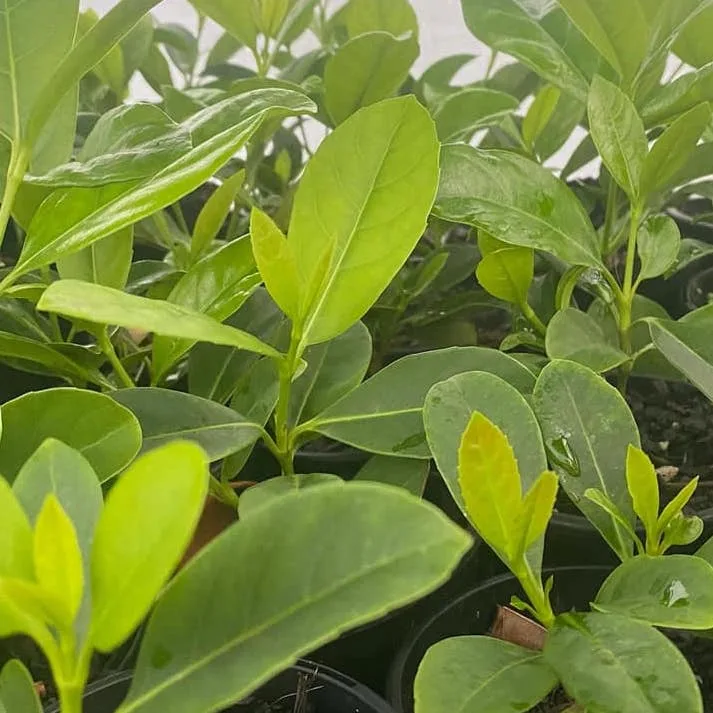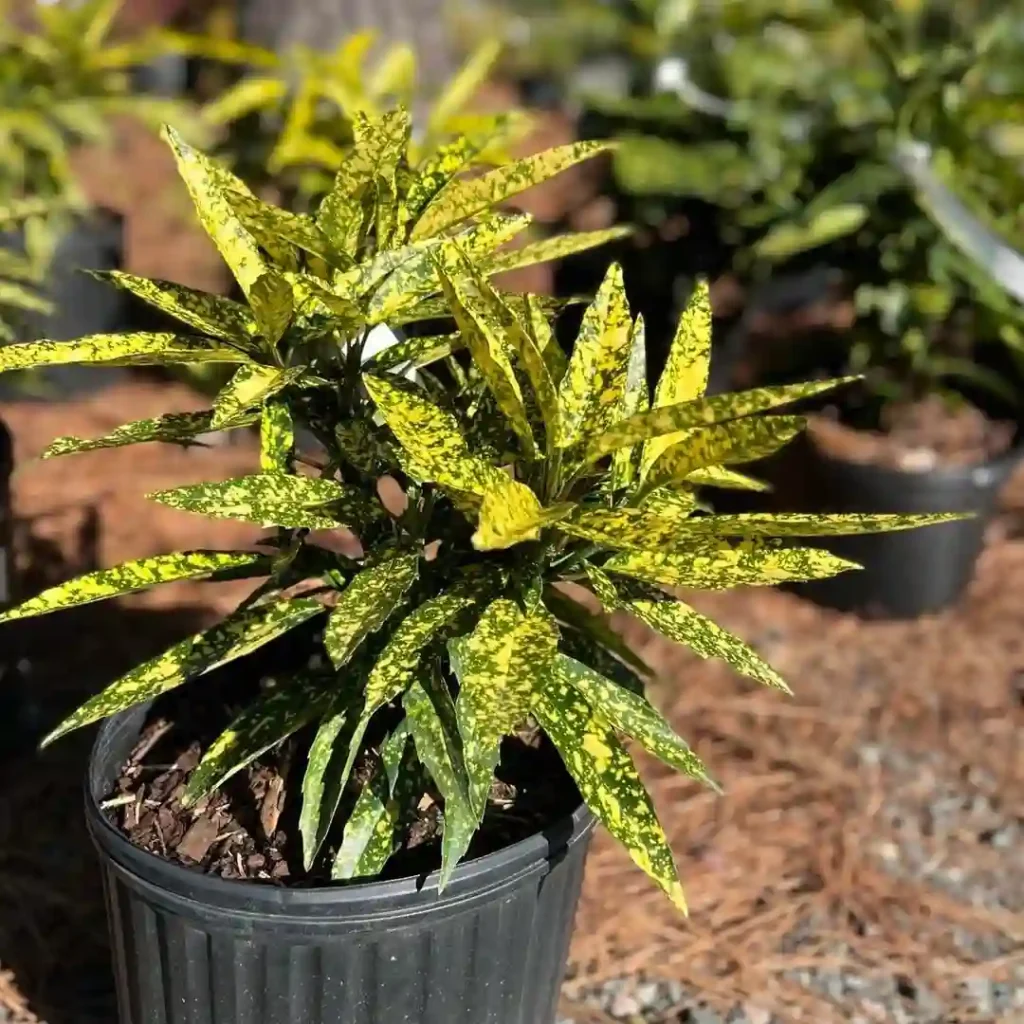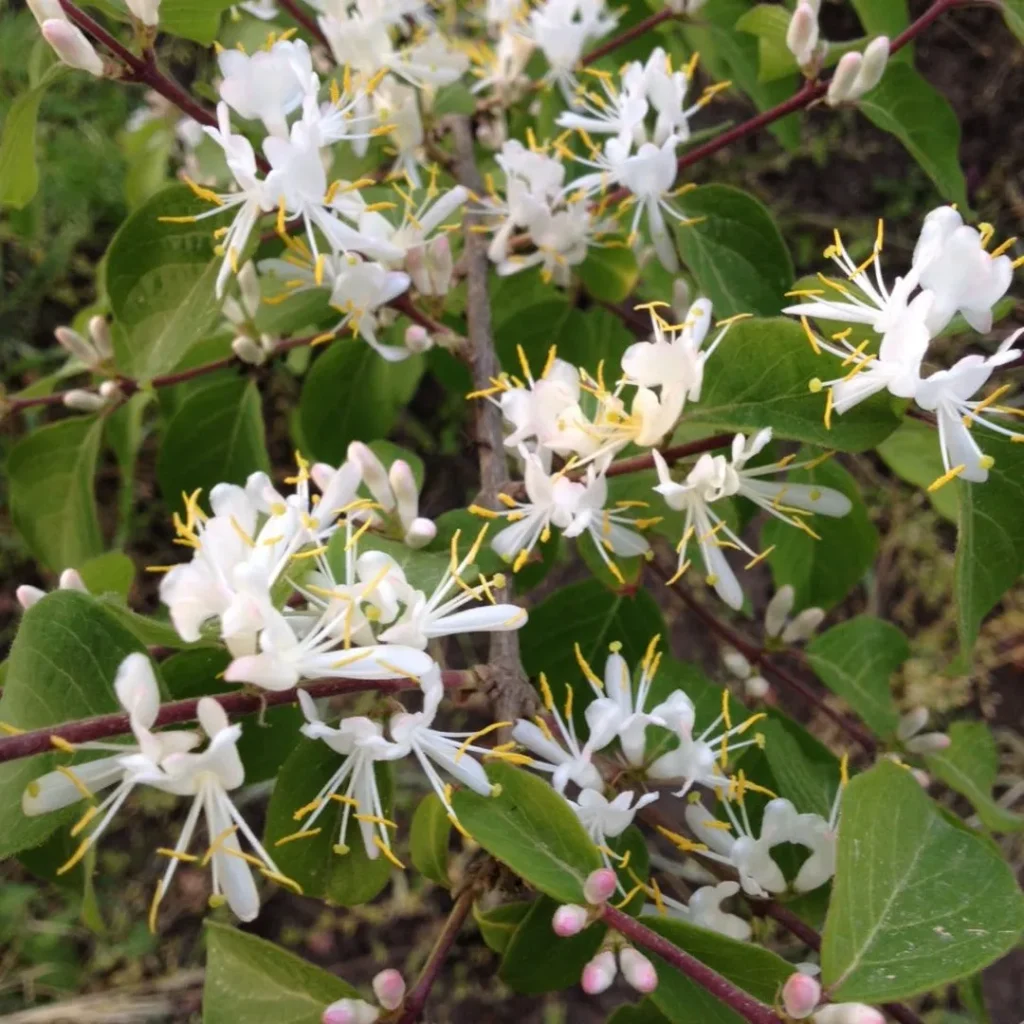What Is Amomum Costatum?
Amomum Costatum is a fascinating plant that often piques the interest of gardeners and culinary enthusiasts alike. Commonly known as the Black Cardamom, a synonym of Hornstedtia Costata, this plant belongs to the Zingiberaceae family and is widely used in various cultures, especially within Asian culinary traditions. It’s important to note that while it shares some similarities with true cardamom (Elettaria Cardamomum), it’s distinct in its own right.
Plant Family: 57 Genera in Zingiberaceae
How to Use Amomum Costatum in Asian Culture?
In Asian cultures, particularly in Thai and Cambodian cuisines, Amomum Costatum plays a pivotal role. Its aromatic seeds are frequently used to impart a distinctive flavor to dishes. It’s especially prevalent in traditional Thai curry pastes, soups, and rice dishes. The spice is also used in some medicinal preparations, valued for its supposed digestive benefits.
To use Amomum Costatum, you generally grind the dried seeds into a powder, which can then be added to your cooking. It’s a common ingredient in spice blends like Thai curry powder and can provide a warm, earthy undertone to your meals. If you’re preparing dishes that call for cardamom, Amomum Costatum can often be used as a substitute, although the flavor profile may differ slightly.
Is Amomum Costatum a Spice?
Yes, Amomum Costatum is indeed a spice. It is harvested from the seeds of the plant, which are then dried and ground to be used in various culinary applications. Like its more famous relative, true cardamom, Amomum Costatum adds a unique flavor to dishes and is cherished for its aromatic qualities.
What to Use Amomum Costatum For?
Amomum Costatum is versatile and can be used in a variety of ways. Here are some of its common uses:
- Culinary Applications: It’s primarily used as a spice in cooking, particularly in Asian cuisine. You can add it to curry pastes, soups, and rice dishes to enhance flavor.
- Medicinal Uses: In traditional medicine, it is believed to aid in digestion and alleviate gastrointestinal issues. However, it’s always a good idea to consult with a healthcare provider before using it for medicinal purposes.
- Aromatic Uses: The spice can also be used in potpourri or sachets for its pleasant aroma.
How to Care for Amomum Costatum?
Caring for Amomum Costatum involves understanding its growing requirements. The plant thrives in a tropical climate, so it needs warm temperatures and high humidity to grow well. Here are some tips:
- Temperature: It prefers consistently warm temperatures, ideally between 70-85°F (21-29°C).
- Light: Amomum Costatum does well in partial shade to filtered sunlight. Direct sunlight can be too intense for this plant.
- Watering: Keep the soil consistently moist but not waterlogged. It’s crucial to maintain high humidity around the plant.
- Soil: Well-draining soil enriched with organic matter is ideal.
How to Propagate Amomum Costatum?
Propagating Amomum Costatum is usually done through seed planting. Here’s a simple guide:
- Seed Preparation: Soak the seeds in water for 24 hours before planting.
- Planting: Sow the seeds in a pot filled with well-draining, moist soil.
- Care: Keep the soil warm and humid. Germination may take several weeks.
- Transplanting: Once the seedlings are large enough, you can transplant them into larger pots or into the garden.
Can You Grow Amomum Costatum Indoors?
Yes, you can grow Amomum Costatum indoors, provided you can recreate its natural tropical environment. Ensure it gets plenty of indirect sunlight, maintain high humidity, and keep the temperature warm. It’s a bit of a challenge, but with the right conditions, it can thrive indoors.
Is Amomum Costatum Toxic?
No, Amomum Costatum is not considered toxic. It’s used in food and medicine without known adverse effects. However, like with any spice, it’s wise to use it in moderation and be aware of any personal allergies or sensitivities.
Benefits of Amomum Costatum
The benefits of Amomum Costatum extend beyond its culinary uses. Here are a few:
- Digestive Health: It is traditionally used to aid digestion and alleviate stomach discomfort.
- Flavor Enhancement: It adds a unique and pleasant flavor to various dishes, enhancing culinary experiences.
- Aromatic Qualities: Its pleasant aroma makes it a useful addition to potpourri and sachets.
Common Problems with Amomum Costatum
While Amomum Costatum is generally easy to grow, it can face some issues:
- Pests: Watch out for common pests like aphids or spider mites.
- Disease: Ensure good air circulation to prevent fungal diseases.
- Environmental Stress: It can suffer if temperatures drop too low or if the humidity is insufficient.
Comparing Amomum Costatum to Similar Spices
When compared to true cardamom (Elettaria cardamomum), Amomum Costatum has a more robust, earthy flavor. True cardamom is often more delicate and sweet. In terms of culinary use, Amomum Costatum can substitute for cardamom in recipes, but the flavor might be more intense.
Overall, Amomum Costatum is a remarkable spice with a rich history and diverse uses. Whether you’re exploring its culinary potential or considering growing it yourself, it offers a unique addition to your spice collection.
If i die, water my plants!



